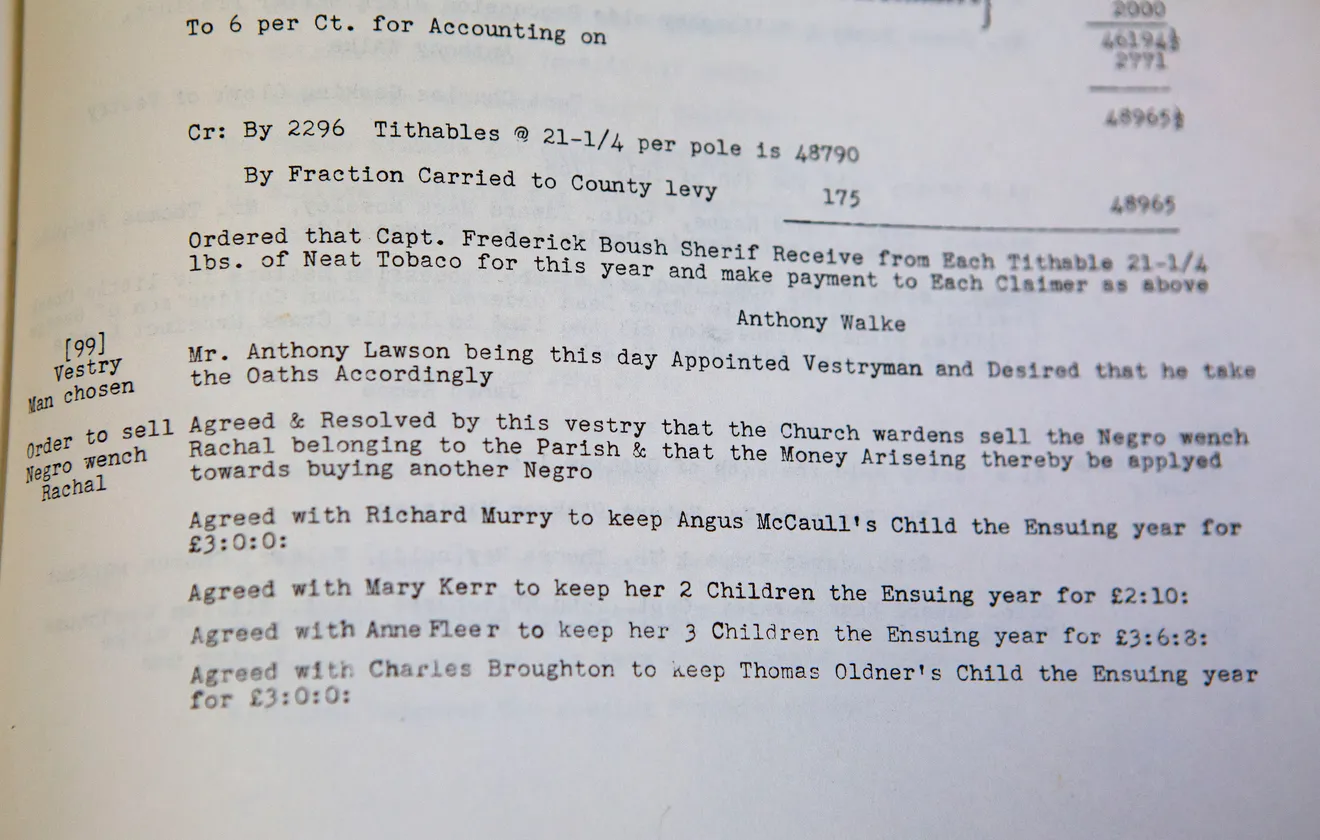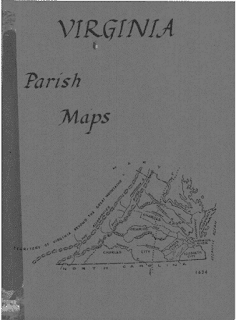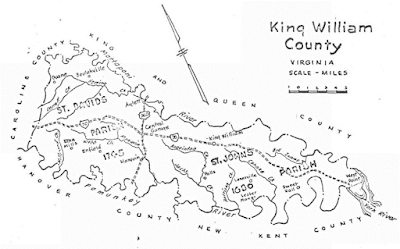 |
Parish & Vestry Research Tips
Researchers must be cleaver when researching in colonial Virginia and the Carolinas. Recently the a3Genealogy research team was
asked “Where do we start to unearth early Virginia settlers?
We’ve touched
on this topic many times, but to recap be sure to review Researching Colonial Virginia, North Carolina, and South Carolina: Why Can’t I Find MyRecords. Here we talked about timelines and county formations; but we didn’t
share Parish Research tips and hints. I must say Parish Research is vital to your success!
Starting with our project formation map, which we individualize
for our clients based on their ancestral settlers, we scour one county at a
time. In the example above we located our
Nichols in Halifax in abt 1752 using wills, probates and land deeds. So, to find the ancestors of this subject, we
turn next to Lunenburg County, VA. Sure, these ancestors could have migrated
from some other location, but we needed a starting point; and Lunenburg County,
VA proved to be a good one that led us back to 1654, New Kent County, VA.
Parish Record Research
Parish / Church Records trump census records for our
research team! We are always “nose-first”
in parish and church records.
Begin with The Virginia Parish Maps. This resource
alphabetized by counties can be viewed online at Virginia
parish maps (familysearch.org). Your biggest clue may not be from the
parishes outlined inside the County, but may also be from the quick-glance at the names of surrounding
counties, Be sure to take note of them.
Luckily, Familysearch.org has a great selection of parish and vestry books. Vestry book or road maintenance books may be your only notice of early ancestors.Works may also be found with a simple Google Books, Jstor and WorldCat, as well as State Libraries and Historical Societies.

All male persons of the age of sixteen years or upwards, and also negro, mulatto, and indian women of like age ("except tributary Indians to this government," were "tithable" or chargeable for county and parish levies. But the Court or Vestry "for reasons in charity," could excuse indigent persons from payment, and this was frequently done.
 |
| Colonial Vestry Book Lynhnhaven parish, Princess Anne County, VA, 1723 - 1786 |
 |
| Cumberland Parish, Landon C. Bell |
Other Resources
The Library of Virginia holds a wealth of documents and
material on Colonial Virginia (and a few other colonial settlements. Be sure to visit their Archival Resources: A Guide
to the Colonial Papers, 1630-1778 Colonial Papers 36138 (virginia.edu)
Be Historically Correct
Kathleen Brandt
a3genealogy.com
Accurate Accessible Answers
a3genealogy@gmail.com






No comments:
Post a Comment